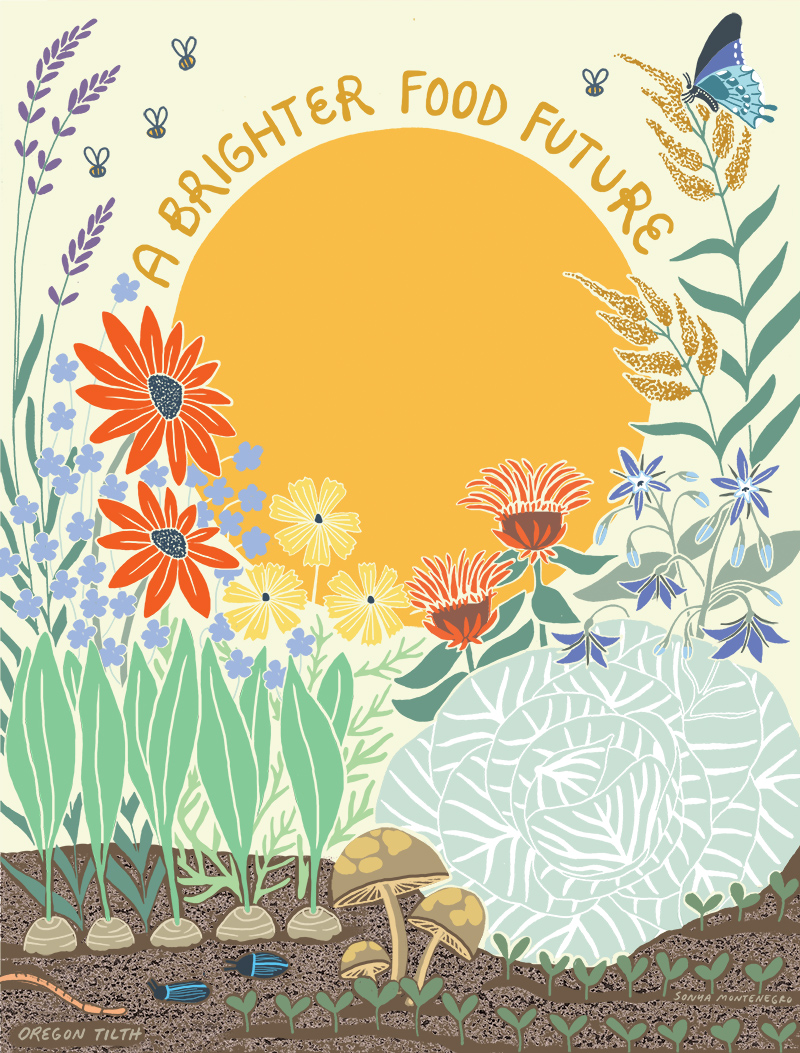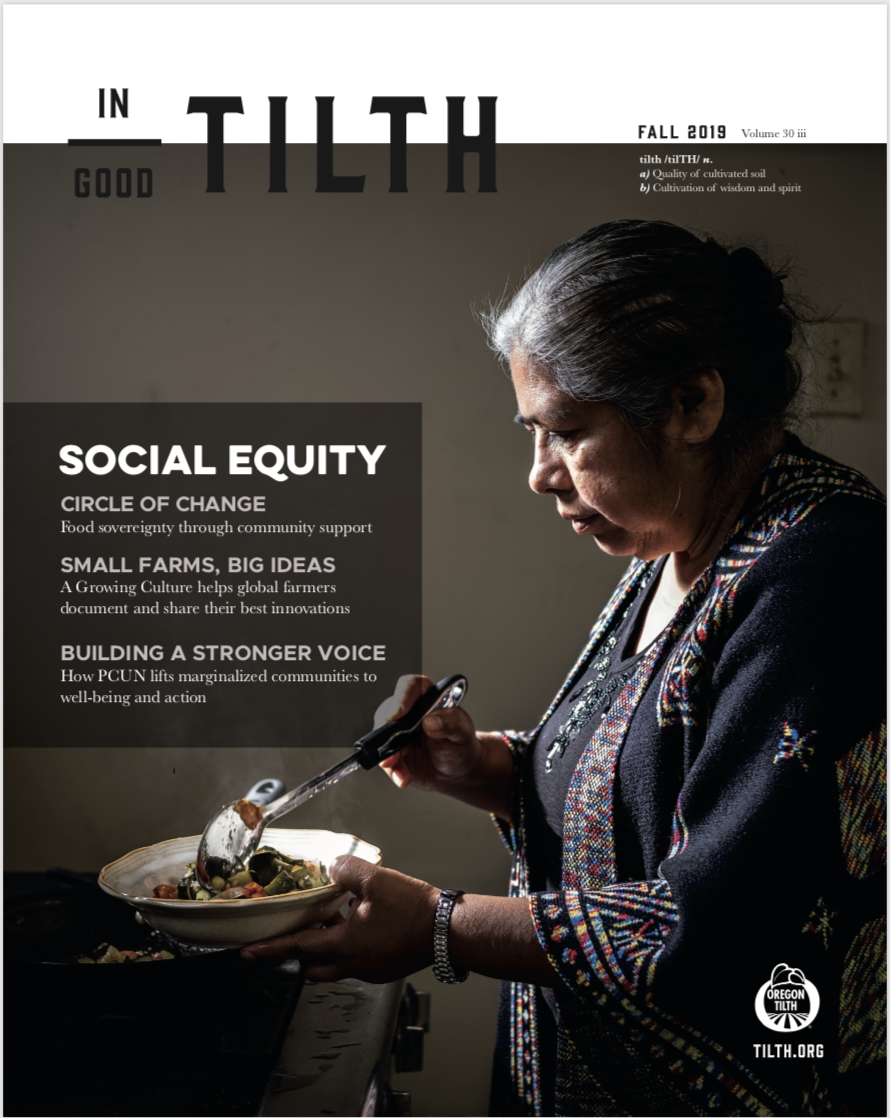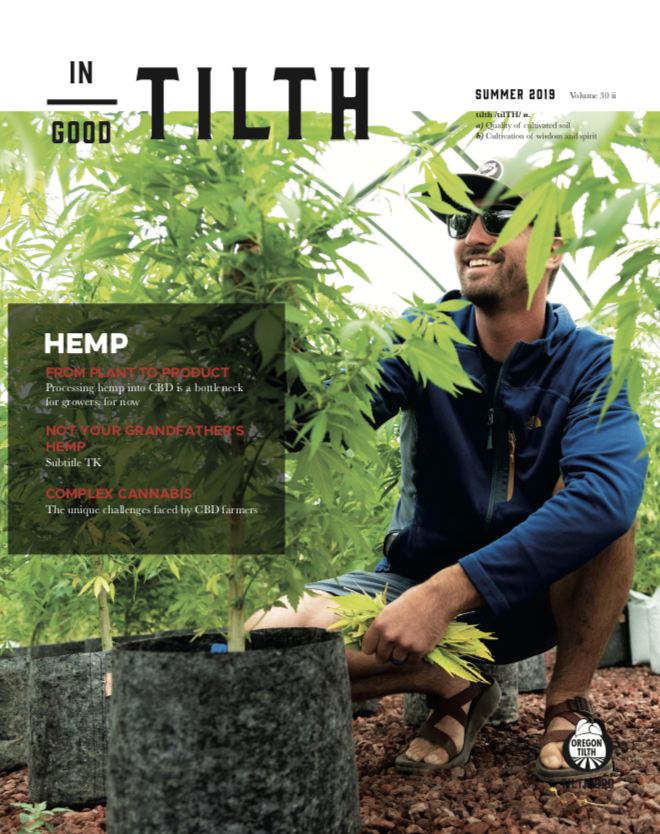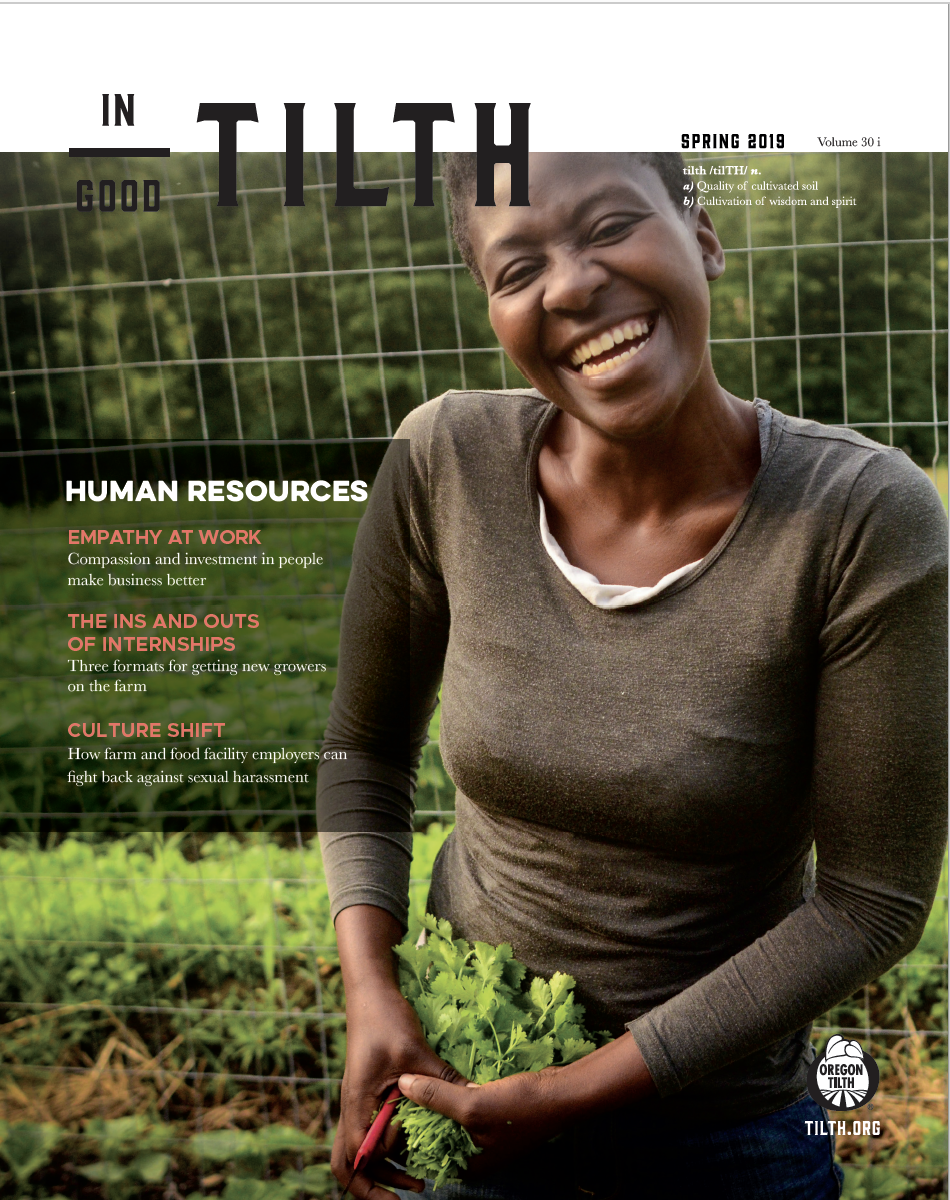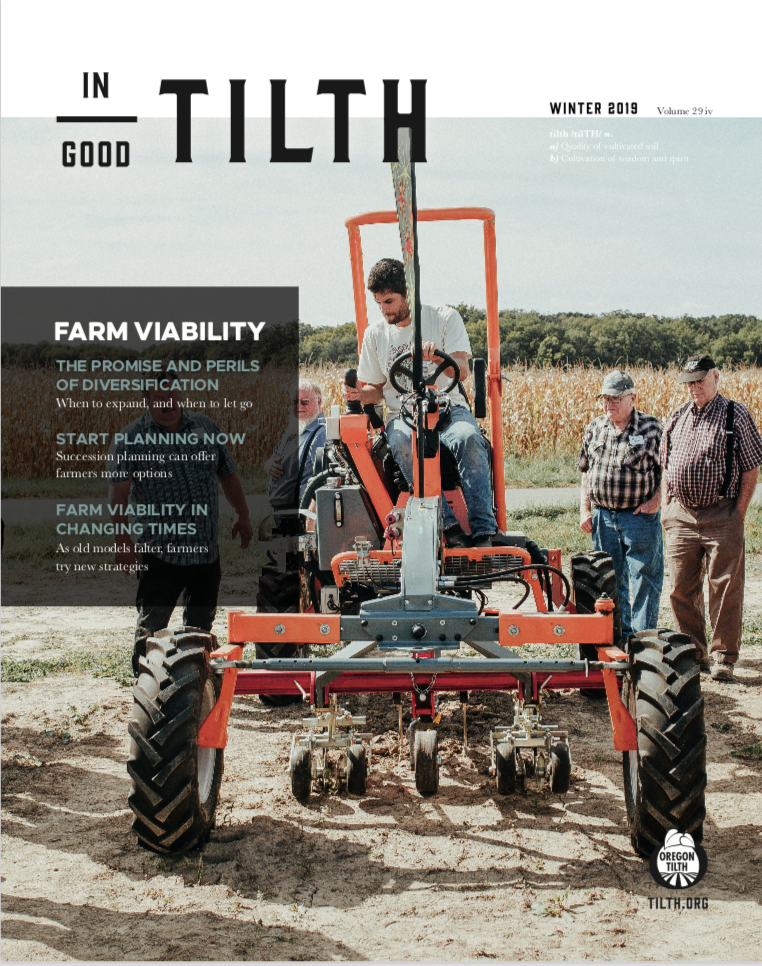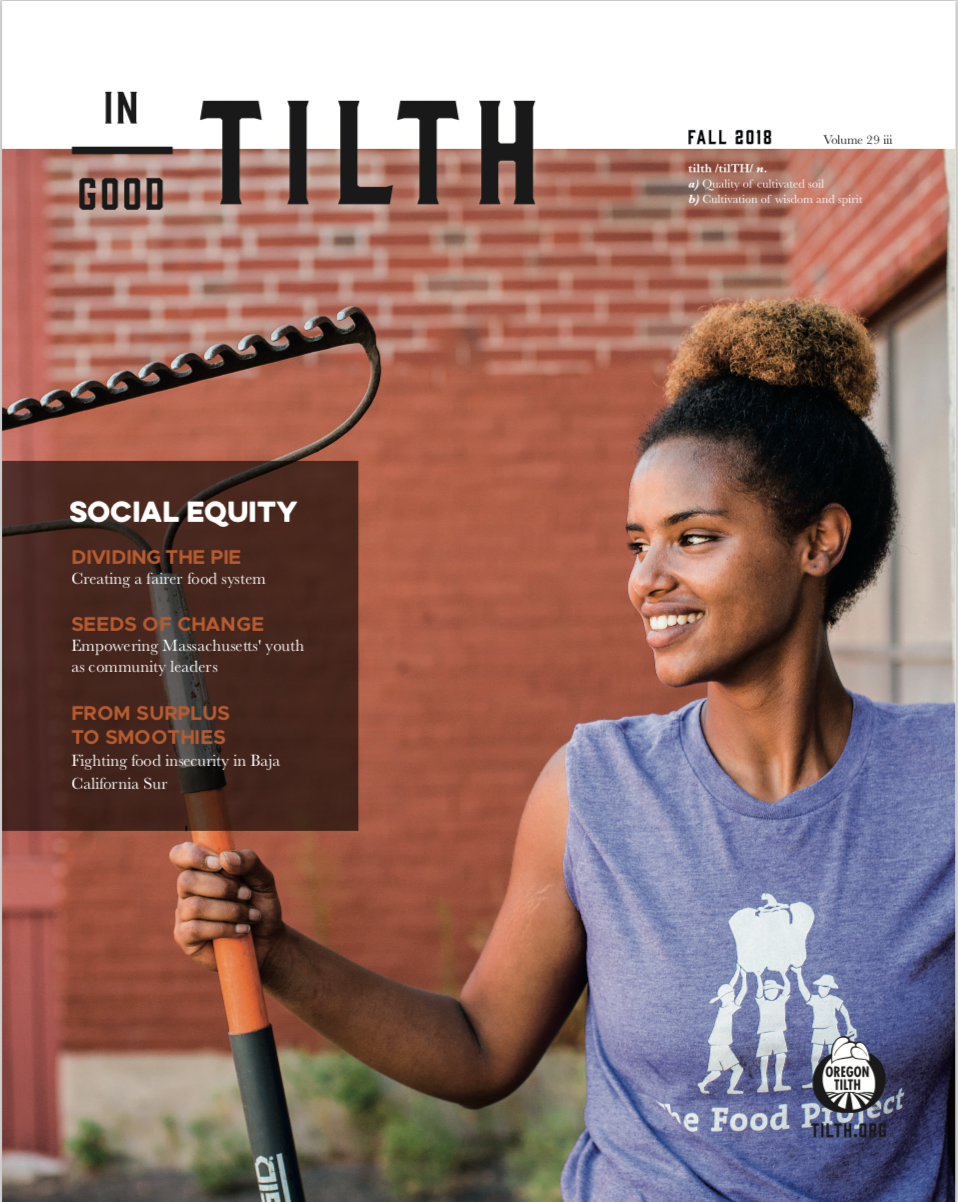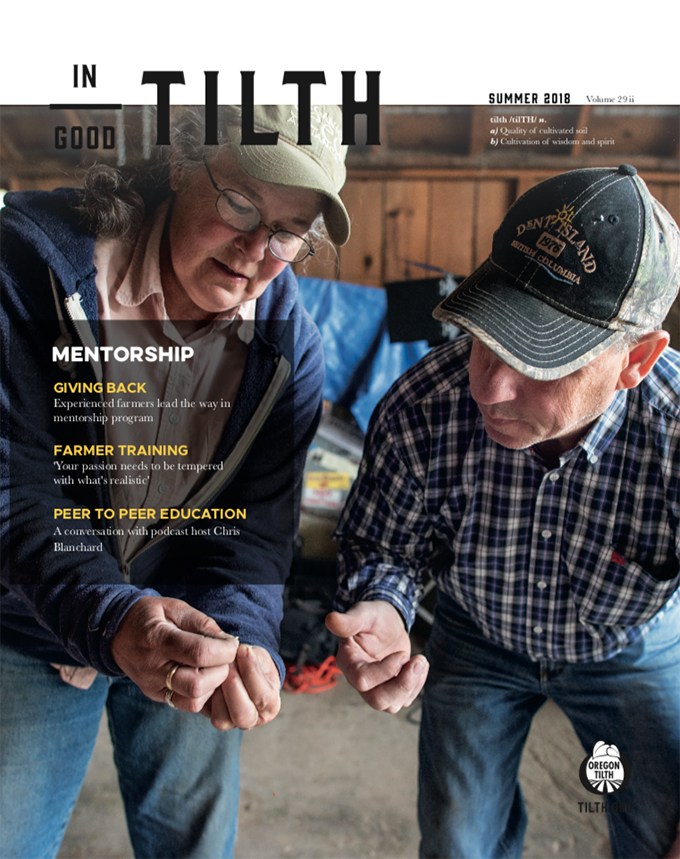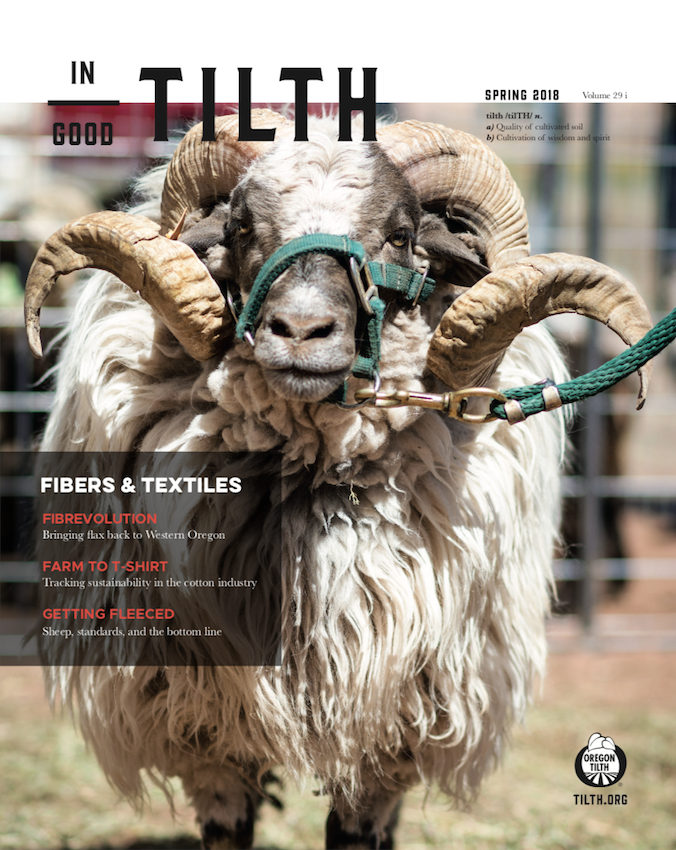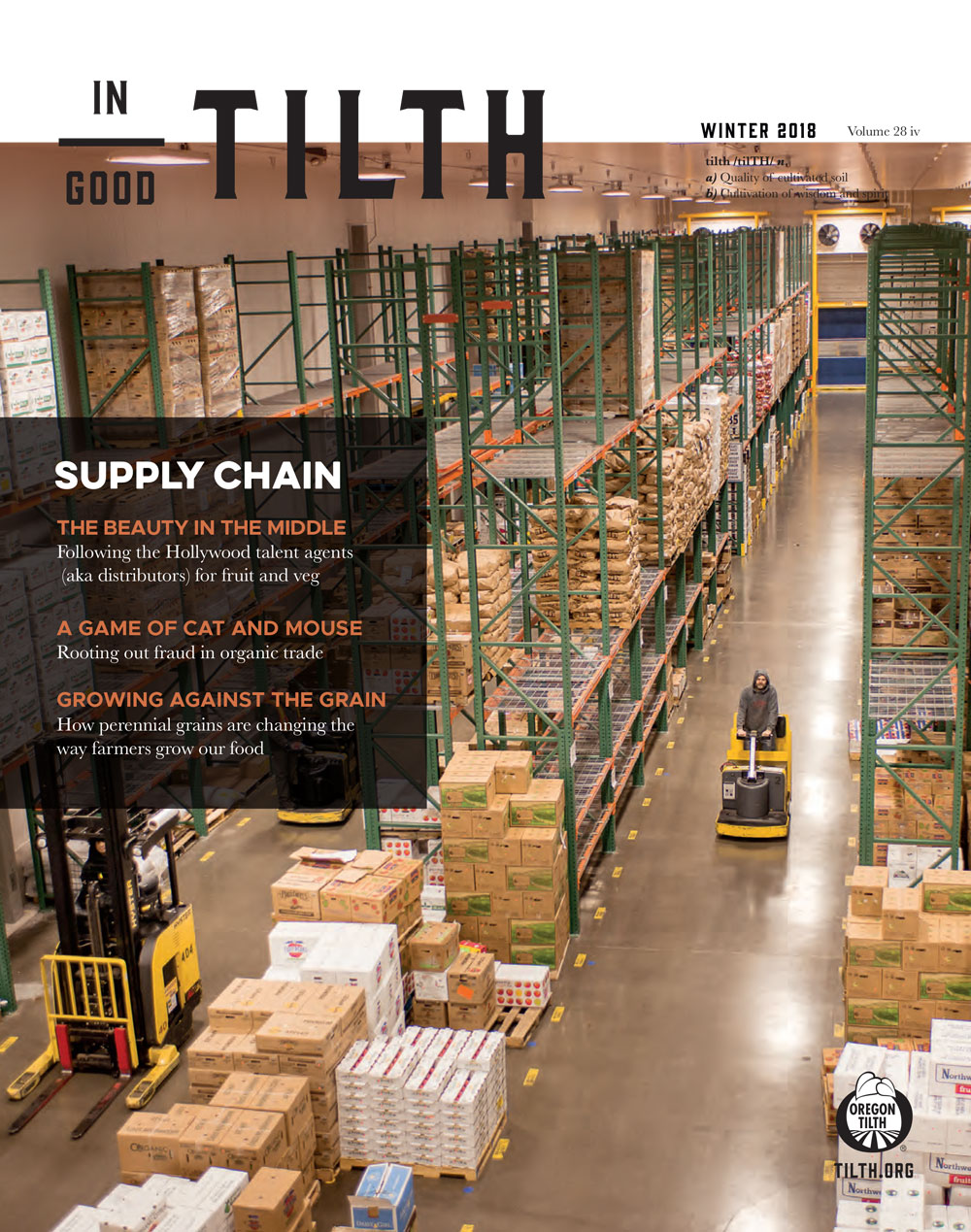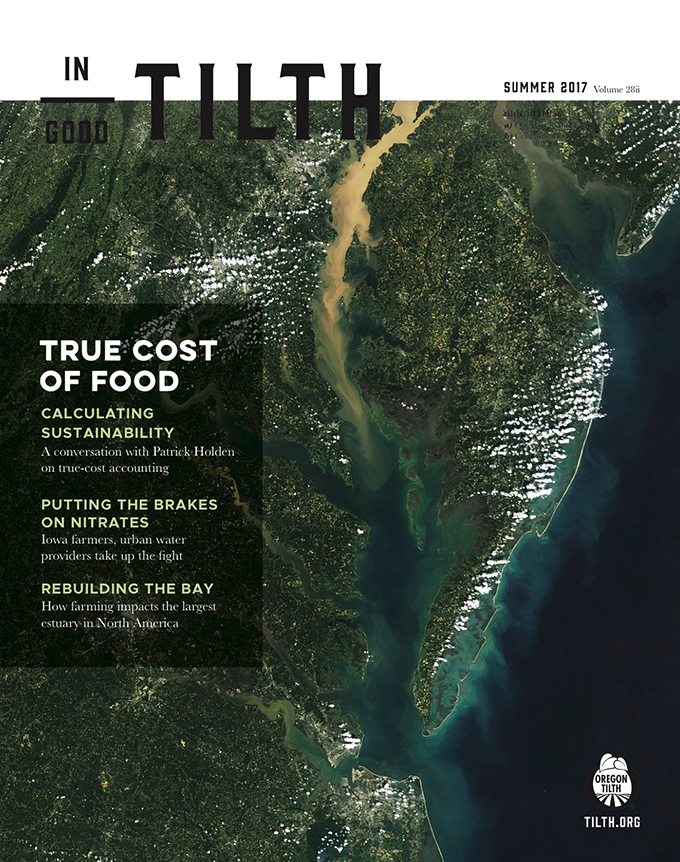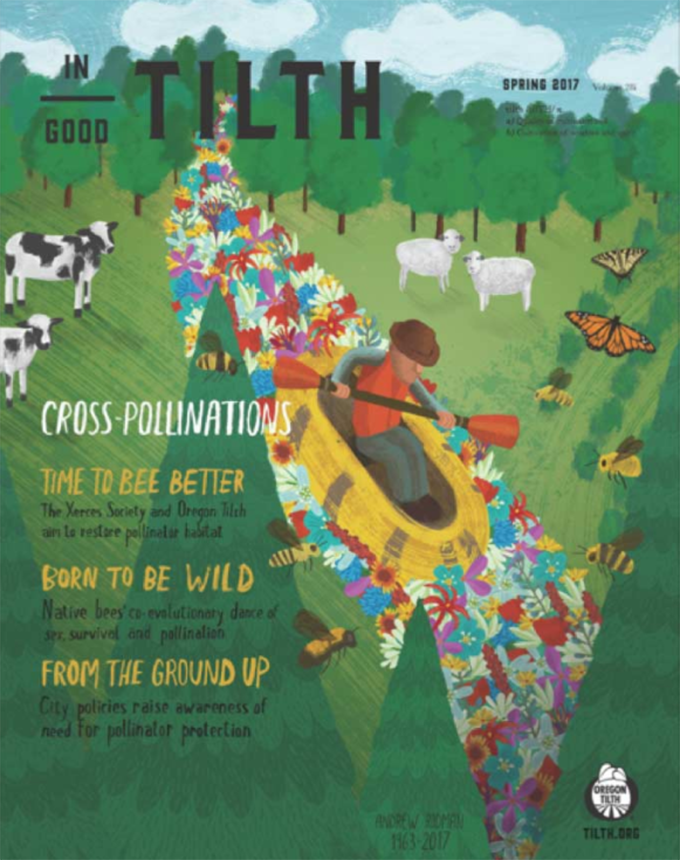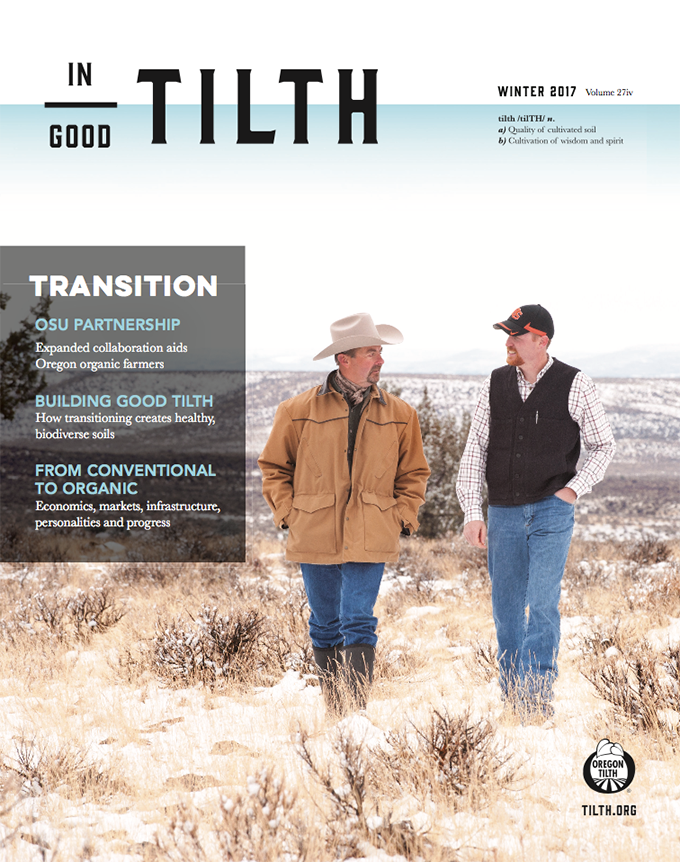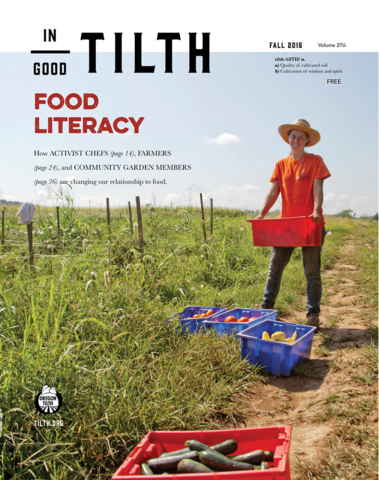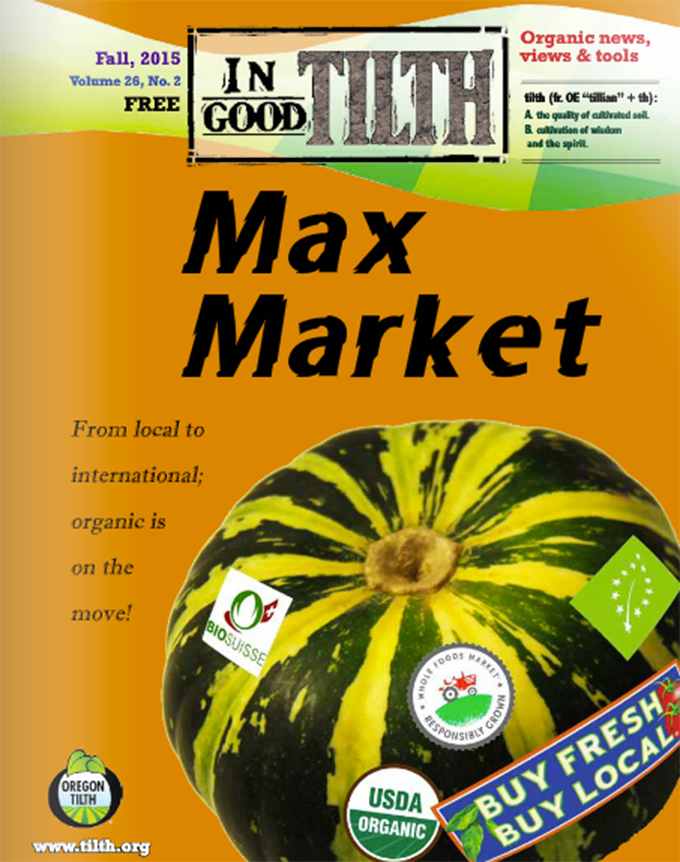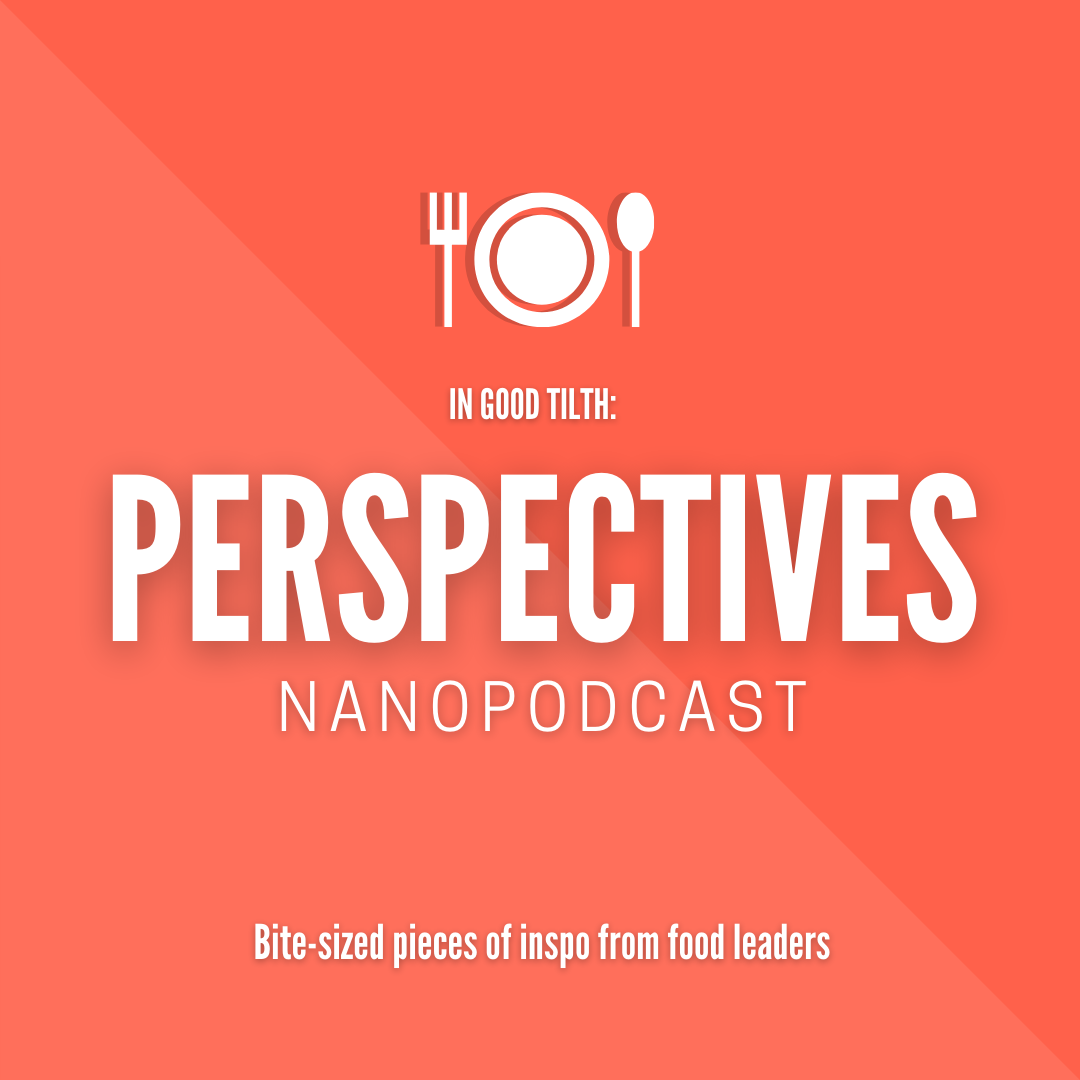Passage of the 2018 farm bill marked hemp’s evolution from a criminal substance to an agricultural crop of great versatility, opening the way for research, farming and industrial applications. Potential uses include building materials (to replace plastics and concrete), batteries, food sources and fabric. Brands such as Patagonia and Prana, which have been making hemp clothing for years, can now use domestic hemp fiber. But, the biggest boom in the newly legalized hemp industry is in cannabidiol, or CBD, an ingredient in alternative medicines for treating anxiety, inflammation, depression, chronic pain and more.
“It’s not the old ‘it’s rope, not dope’ kind of thing,” said Sunny Summers, cannabis policy coordinator for the Oregon Department of Agriculture (ODA). “I like to say ‘it is dope, it’s not rope.'”
Hemp cannabis and marijuana both come from the cannabis plant, but the two are grown for different levels of tetrahydrocannabinol (THC), which causes the intoxication associated with marijuana. In most of the United States, hemp must have less than 0.3 percent THC.
At the ODA, Summers connects hemp and marijuana farmers with the correct government agencies to help walk them through the regulation. She has a front row seat to the unique challenges farmers growing hemp for CBD face compared to other crops. Here are a few:
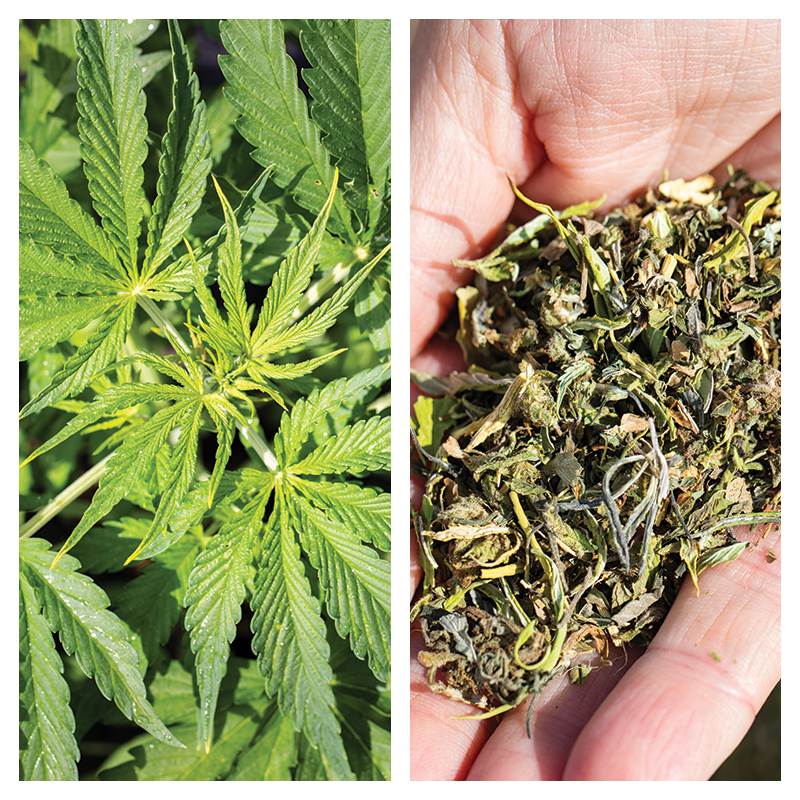
Regulatory haze
“Both of these industries [hemp and marijuana] have a number of people who aren’t used to working with government,” said Summers. “Having a friendly voice on the other end of the line helping them clearly identify where they need to go is beneficial.”
Many farmers moving into the CBD hemp sector come from Oregon’s legalized cannabis industry. It’s a relatively easy transition because hemp cannabis for CBD uses the same growing practices as marijuana. Cannabis farmers will simply seek out plants with a lower THC potency in the genetics. The cost for a growing permit is lower than for marijuana, the allowed acreage is higher and the demand for CBD oil is booming. And, many of these farmers are already familiar with working in a shifting regulatory environment.
“It all comes down to enough of it is still federally illegal that you’re best off going by the strictest possible interpretation of the rules if you want to be 100 percent operating legally,” said Bill Stewart of Half Baked Labs in Portland. “But if you’re dotting every ‘I’ and crossing every ‘T,’ a lot of your competition is going to be a couple years ahead of you, so a certain amount of discomfort is almost built into doing business in this sector.” Farmers coming in from outside the marijuana industry will be at a greater disadvantage.
Rochelle Koch, co-owner of Whole Circle Farms in Silverton, Oregon, moved into the hemp industry four years ago from a more traditional farming background. After an initial foray into industrial hemp for fiber, Koch and her husband pivoted to growing hemp CBD and processing their own CBD tinctures and salves. It is very different from farming almonds. For one thing, Koch and many other hemp farmers have a cannabis law lawyer on speed dial.
“We hire Courtney Moran [cannabis lawyer] and call her like, ‘Courtney, this is what we’re doing, are we legal?'”said Koch.
Even for business owners accustomed to working in the changing regulatory world of cannabis, the shift from pre-prohibition freedom can be hard. Some of the discomfort comes from state laws shifting to meet the federal laws, which are still in process.
“Under the ’14 farm bill, states could run a research pilot program through their Department of Ag or Land Grant University, but it’s not like USDA [United States Department of Agriculture] had the USDA hemp program,” said Summers.
“They are creating a program and writing rules on the fly.”
Andrew Gruver of Tweedle Farms — a CBD flower-focused collection of farms in Jewell, Oregon — agrees that the regulation shouldn’t necessarily move as fast as the current industry is going, “Not having to constantly reevaluate once a month would be awesome,” he said. “But I think it’s really important that the correct regulations get put into place.”
A priority for many farmers would be consistent regulations for THC potency limits and when, how and where those are tested.
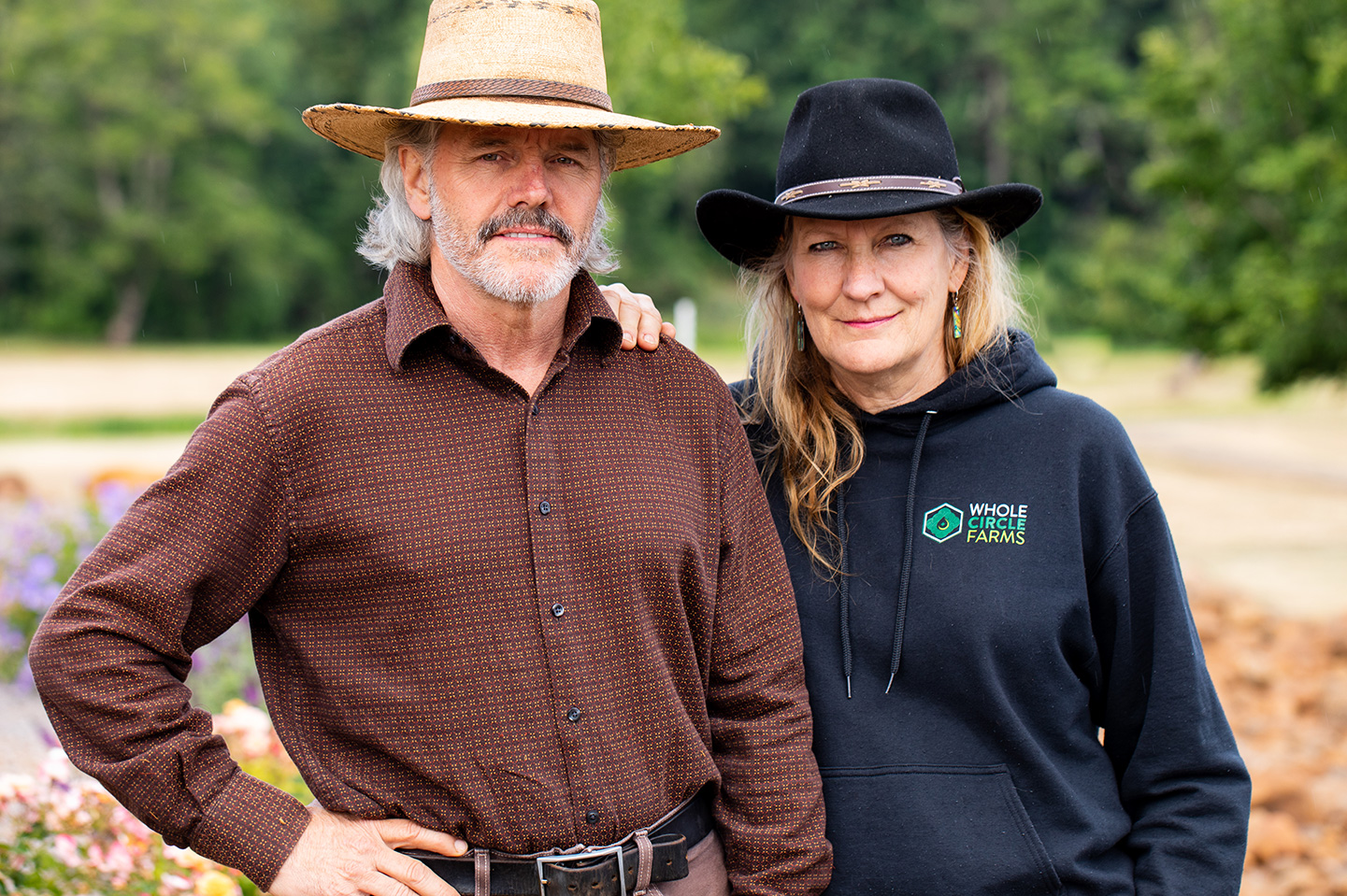
Hot crops
A huge part of the stress over regulations is the fear of growing a hot crop — one that comes in above the 0.3 percent THC limit. Any crop above that limit must be destroyed. Along with THC, the ODA requires farmers to test for pesticide residue, moisture content, and water activity. Currently, the ODA isn’t enforcing additional penalties for hot hemp, as some other states are.
“The genetics are really variable,” said Summers. “People are still learning that differences in elevation or soil type or moisture can all affect the THC concentration. We really see it as crop failure, like if you had a fungal outbreak.”
The ODA works with farmers to till hot hemp into the soil or make a composting plan, but it’s still a huge financial burden to lose an entire crop. The difficulty of meeting the 0.3 percent limit depends, in part, on where you’re farming.
The current limit varies, with most states adopting a 0.3 percent maximum. West Virginia is an outlier, with hemp defined as anything below 1 percent THC.
Some hemp farmers are hoping for a higher federal THC threshold to ease the stress and financial burden of crop loss.
“This isn’t something that should be rushed in the end,” said Gruver. “The 0.3 percent total THC just doesn’t really work.” The limit’s based on a 1976 study by Canadian researchers Ernest Small and Arthur Cronquist, who suggested it as an “arbitrary” number when tested from the leaf, rather than from the dense flower, as states like Oregon do. Doug Fine, hemp farmer, author and activist, agrees with Gruver’s take on the future of regulation.
“If we’re going to take this arbitrary 0.3 percent, let’s at least take this fairer way of testing for farmers,” he said. “And even if we wind up raising that federal level to, say, 3 percent, moving the decimal point, which I think should happen, too, we should stick with the leaf testing.”
In chaotic marketplaces, most business owners can at least rely on institutions such as banking and insurance. Not hemp farmers.
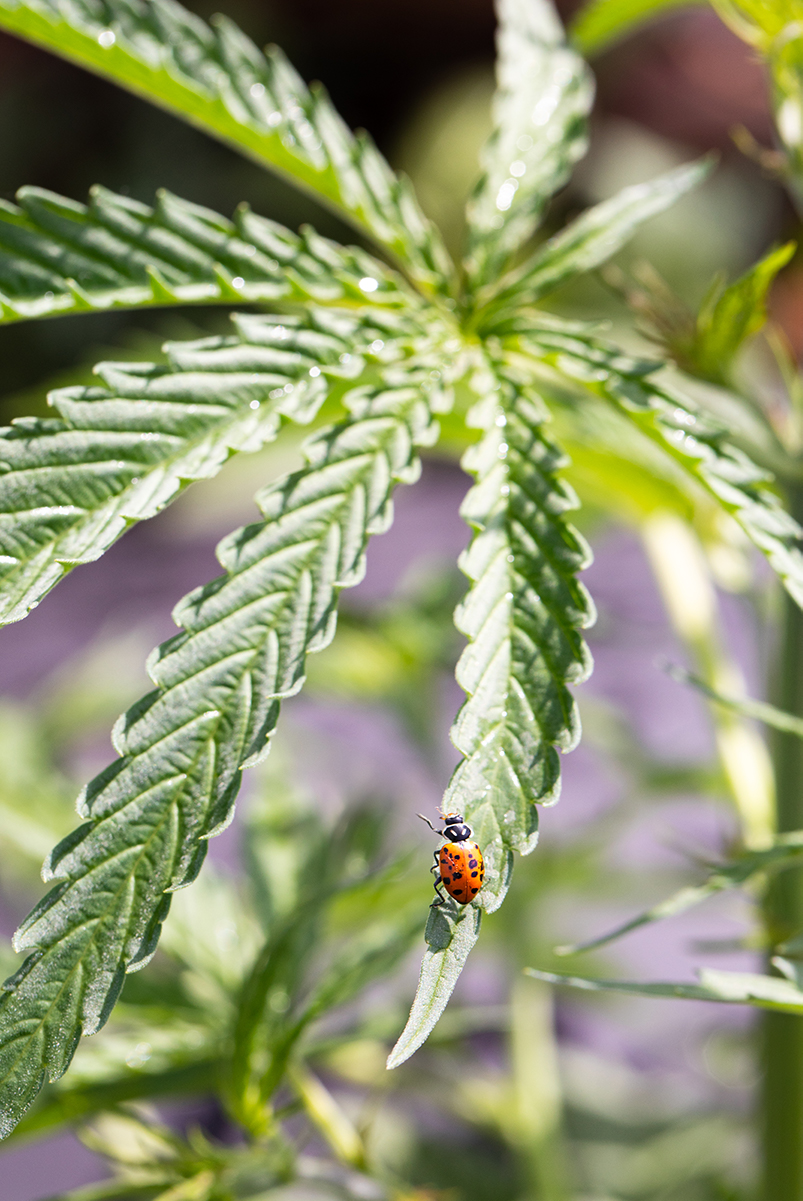
Banking and insurance woes
Many farmers thought the farm bill would smooth the way for their banking and insurance needs, but banks are just as confused as the hemp industry.
“When President Trump signed the farm bill, we thought, oh my gosh, we’re going to have banking, we’re going to be able to have insurance, we’re going to be able to be in the normal ag crop for commodity,” said Koch. “Actually, the opposite of that happened. Our credit card processing has all been shut down.”
Some banks charge higher fees to CBD producers than other farmers, cashing in on a booming, multibillion-dollar industry. Others won’t touch the industry until the federal regulation is fully completed for fear of putting their other customers at risk. Sunny Summers frequently receives calls from banks that are struggling to figure out how to support their long-standing customers who are diversifying into the hemp industry. And, small farmers like Koch are frustrated to see CBD products — produced by large companies — in major retail outlets.
“Right now, you can go to Roth’s Grocery Store, you can go to CVS grocery store, you can go anywhere, and you can find CBD products,” she said. “You can find hemp products. And their credit cards aren’t being shut down. But anytime you’re just a small hemp or CBD company, our credit card processing is shut down. So, it just shows you where the game is being played, and who’s playing the game or not.”
Ditto for insurance. Per the farm bill, hemp farmers should be eligible for crop insurance. But that’s not happening. Farmers selling at farmers markets struggle to find insurance (a common requirement) to cover their market booth. Whole Circle Farms had to get an extra contract to ensure their insurance policy would work, but found the premium for hemp to be much higher.
“How much product do you have to sell to pay the $8,000 liability insurance at the farmers market?” said Koch.
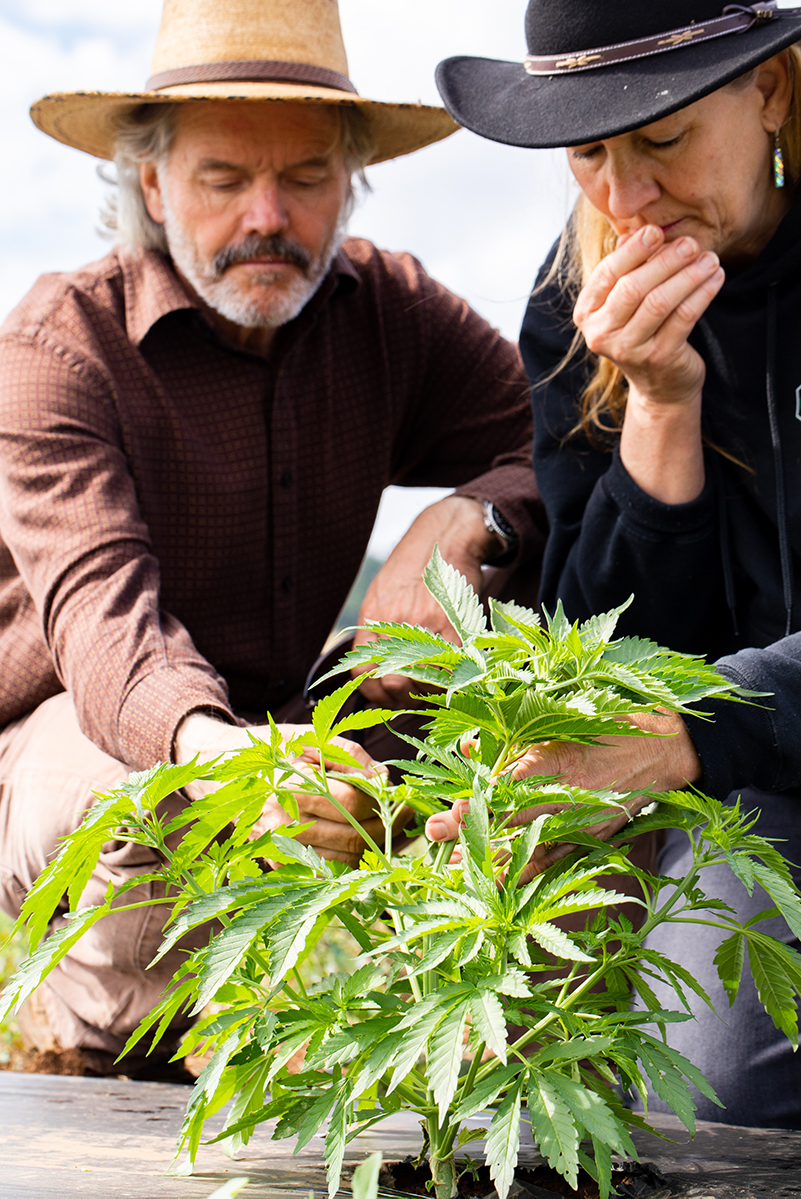
Processing backups
Hemp farmers who’ve mastered the banking, insurance and regulatory problems aren’t necessarily home free. Some are experiencing difficulties getting their crops processed. In late 2018, Oregon had 534 hemp growers farming about 12,000 acres.
As of July 2019, Oregon had 1,758 farmers with hemp permits to grow over 56,000 acres, and most of that is hemp for CBD. None is for food or fiber production. Even for CBD oil processing, the infrastructure is not meeting the demands of the marketplace.
Tweedle Farms hasn’t had to deal with the processing backup because it carved out a niche in 2017 by selling flowers directly to consumers, early enough to create a loyal following. However, it’s pivoting into processed CBD in an effort to use hemp harvested earlier to avoid growing a hot crop. In an increasingly crowded market, Gruver knows the change to processing isn’t easy.
Whole Circle Farms began processing its products because they couldn’t get anyone else to do it. “That first year, there was absolutely no market, so that’s why we started creating our products,” said Koch. “Four years ago, all the older people were like, ‘This is marijuana, and this stuff is bad,’ and as soon as you start talking about hemp, you could see that their whole language was not favorable. But then the next thing you know, they’re knocking at the door, like, ‘I can’t go to bed tonight until I have some of your capsules because I can’t sleep.'”
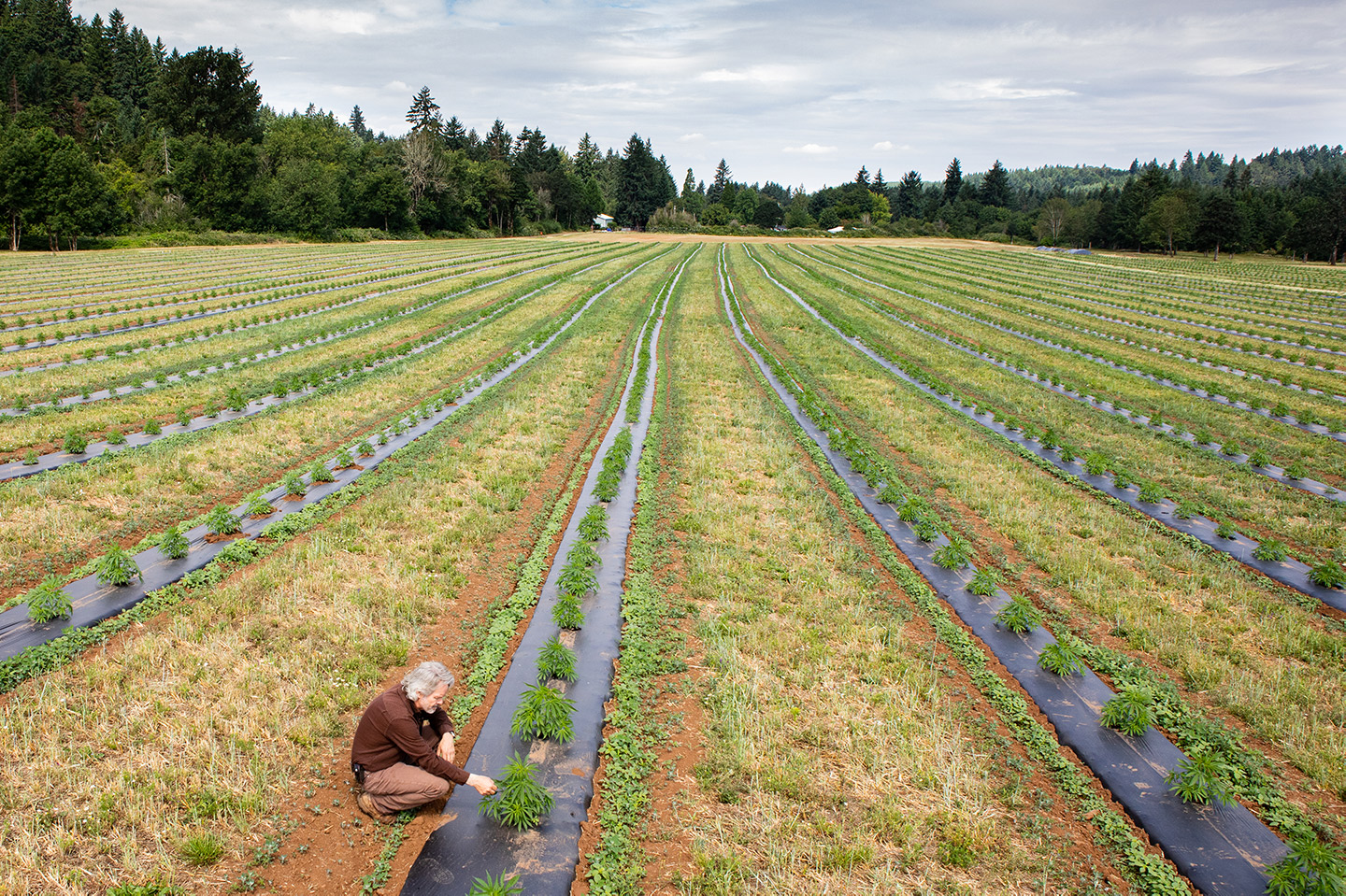
Seed scarcity
Whole Circle and Tweedle Farms have avoided supply chain blocks by selling directly to consumers and avoiding having to dry and store unprocessed hemp until a buyer emerges. But on-farm processing and direct-to-consumer marketing can only shield them from so many supply chain woes. As more people move into hemp farming, sourcing seeds is becoming increasingly difficult, especially as farmers seek strains that will lower the odds of losing a crop to high THC values.
Rolling with it
Even with an already established marketplace, it’s hard for small hemp farmers to know if they can stick out the boom as bigger companies move in. Tweedle Farms is already looking to the future and planning for the industry to move on to the next hot hemp product.
“The other big thing that actually is going to be super exciting is the advent of minor cannabinoids like CBG, CBC, CBN, CBT, CBL,” said Gruver. “There are so many different beneficial compounds in the cannabis plant that, scientifically, the surface has only vaguely been scratched.”

